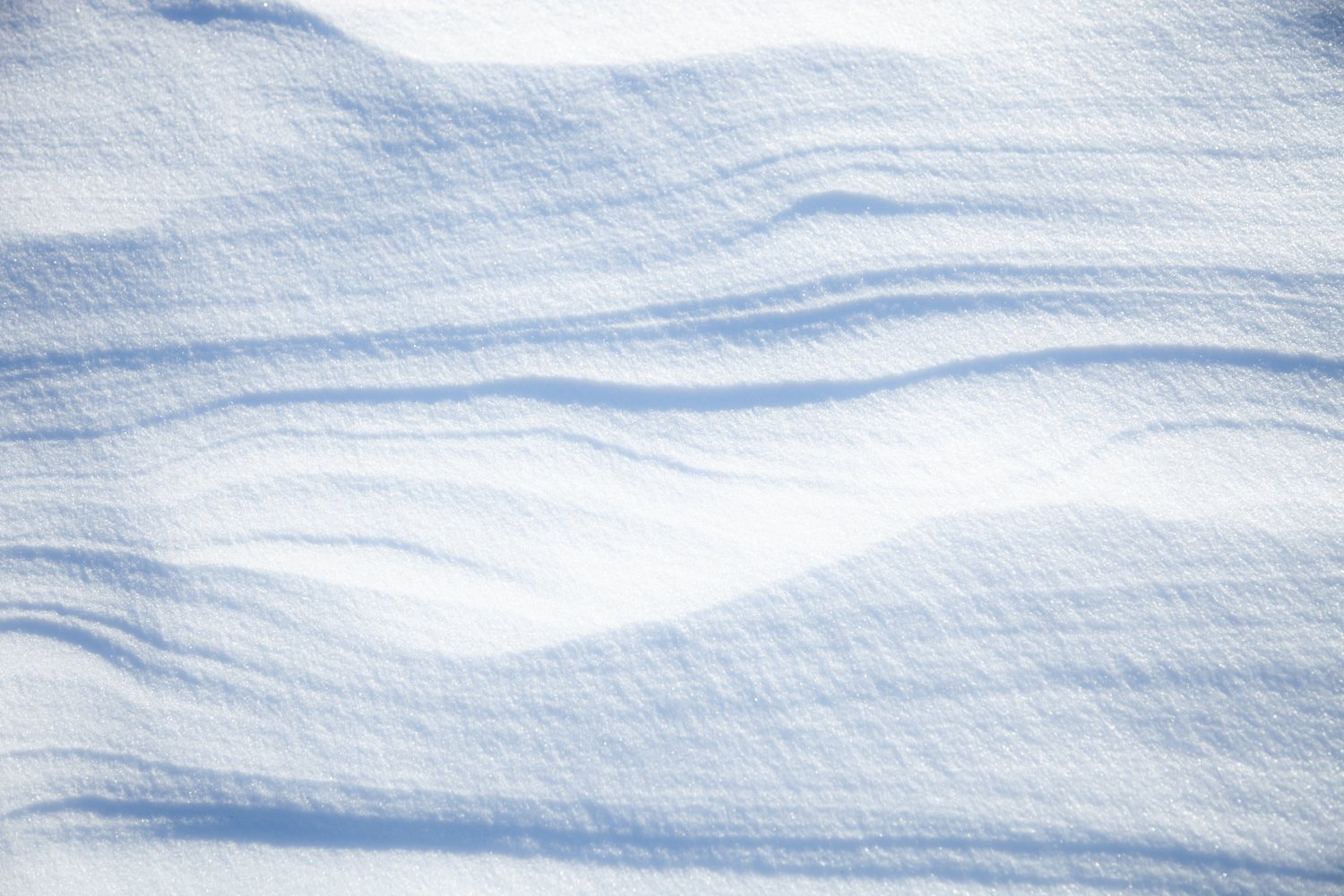Projects
Silver Linings
There is a grace beyond this moment. There can be silver linings.
The world feels heavy. An understatement, I know. In an echoing metaphor of the troubling times we’re all experiencing, my rural home in southern Manitoba, Canada has experienced extreme weather all winter. Near-record snowfalls, with a spring flood likely to follow adds to the sense of isolation and weariness. And yet... I was inspired to pick up my camera. This new project reminded me that when I feel overwhelmed, creation and beauty can be found, even in the midst of cold and empty places. There is a grace beyond this moment. There can be silver linings.
These images are available as a 1/1 NFT on Opensea. Please contact Sarah for details.
72096 - A Creative Intervention
This project was created in response to my Indigenous New Media Studies course with Dr. Julie Nagam at the University of Winnipeg.
The inspiration for my creative intervention stretches back to 2018, when I had the opportunity to hear Elder Dave Courchene speak. During his speech, Elder Courchene emphatically said “we are the land”, and although he did not elaborate on the meaning of that statement that day, it sparked a curiosity in me to discover a personal conception of what a relationship like that could be.
Part of my engagement with the idea “we are the land” related to a moment of massive personal change in my life. At the time, I had just finished my undergrad degree at U of W and had simultaneously moved my young family to 5 acre treed property near Birds Hill Park – our first experience living outside the city. I began to wonder why this landscape of glacial moraines, sandy soil and scrubby bur oak forests seemed to resonated so strongly with me, and why I continue to be drawn back to the specific terrain at key points in my life.
These questions followed me to my new home where slowly, the land began to reveal secrets – rhythms, knowledge, pathways. I’m in awe of how much I didn’t know about the land I’ve always called home, and how much I have learned in just a few short years. This is part of the reason for two overlapping video tracks in my project. One video track follows an animal path, carved into the landscape by generations of deer, fox, coyote, skunk, lynx…(that I know of thus far). The animal track crosses human boundaries and markers, which appear in the video. However, I’ve come to realize that the animals are also using the pathways that my family has cut through the landscape (one of which makes up the second video track). These human pathways are mowed and groomed and at times have been cut through the forest. Adding another layer, at some points the paths that we have personally created also followed the ghosts of old paths created by unknown former users of the land.
Since that first spark of inspiration, my personal wonderings about land, the past, and the future led me research into vernacular photography and my personal photographic archives. As I looked through 150-year old family photographs, I was suddenly struck by the similarity in landscapes between those old photos and my own new home.
I have lost the knowledge of my connections to the ancestors in these photographs but they seem hauntingly familiar. Vernacular photographs have always been created to be shared widely, in a collective project of identity construction, longing and belonging.I’ve come to understand familiar archives as a form of communication, marking milestones and achievements – which means the old photographs could have been shot in rural manitoba at a home similar to mine, or could have been created at similar landscapes in the Ukrainian homeland of my ancestors.
Artist KC Adams inspired me to consider some of these familial connections across time and space when she shared her knowledge about blood memory and embodied knowledge. I will continue to engage with these ideas, but this project reflects some of my own realization that this land, these connections to the land might be something carried forward from the Steppes of Ukraine to settler farms here in Manitoba and are now rooted in my blood.
Although my inspiration and artistic experience draws primarily from still images, I was drawn to use moving imagery in this project. My intention, if shown in exhibition, would be to display the video very large, with the goal of enveloping the viewer in the landscape. I was inspired by a piece Cheryl L’Hirondelle’s shared, where moving photographs and audio combine to transport the viewer to a specific time and place. Additionally, the overlapping video is meant to slightly disorient the viewer; there is no clear beginning, end or direction, in an effort to deconstruct linear narratives and western conceptions of time and space.
Although this project is very much inspired by some of the Indigenous artists and concepts I have had the honour to learn about during my studies, it is very much rooted in my own privileged experience as a white settler. The title 72096, is physical address I was given for my home when I moved to this place but it does not define the land. The idea of land ownership and settler-colonial history is fraught and complex, and this project acknowledges my own complicity interwoven in those challenging ideas. I do not have answers for these hard questions, but I do want to acknowledge them in the work.
One last piece of inspiration I have drawn from the class is to consider the idea of collaboration for this project. In my past creative works, I have very much worked independently. However, after hearing Dr. Heather Iglorliorte and the INUA curatorial team discuss their relationship with such care and grace, I knew that I wanted to open myself up to the influence of other creatives. My husband is a musician and audiophile, specializing in creating contemporary West African music and soundscapes with Nafro Dance and Casimiro Nhussi. I felt this was an opportunity to honour his talents and invite his creative contribution to my consideration of the home we have built together. Nick created the audio track for 72096 based on discussions we had about our connections to the land, favourite memories, and ancestral knowledge. In the track you can hear human and natural elements that are found within this specific place and are meaningful to me
Become What You Receive
On April 29, 2016 Sarah Hodges-Kolisnyk showcased a new body of photographic work in a very unique location at All Saints Church (at the corner of Broadway and Osborne). Become What You Receive: The Exhibit, was shown in a small, intimate prayer chapel adjacent to the main church sanctuary. It featured the spaces and faces of Saint Benedict’s Table Anglican church community, but also explored broader Christian themes.
“I feel that the work is an invitation to consider what brings us together, in faith, at Saint Benedict’s Table,” said Hodges-Kolisnyk. “But the show also engaged in a much broader dialogue about what it means to come together in worship, reflection, imagination and communion. I hope it resonates with viewers in very different and personal ways.”
The project began in 2014 when Hodges-Kolisnyk created the cover image for the Saint Benedict’s 10th Anniversary commemorative book. Over time, she came to realize that something meaningful was emerging in the photographs and she continued to photograph the church and the community on a regular basis.


















